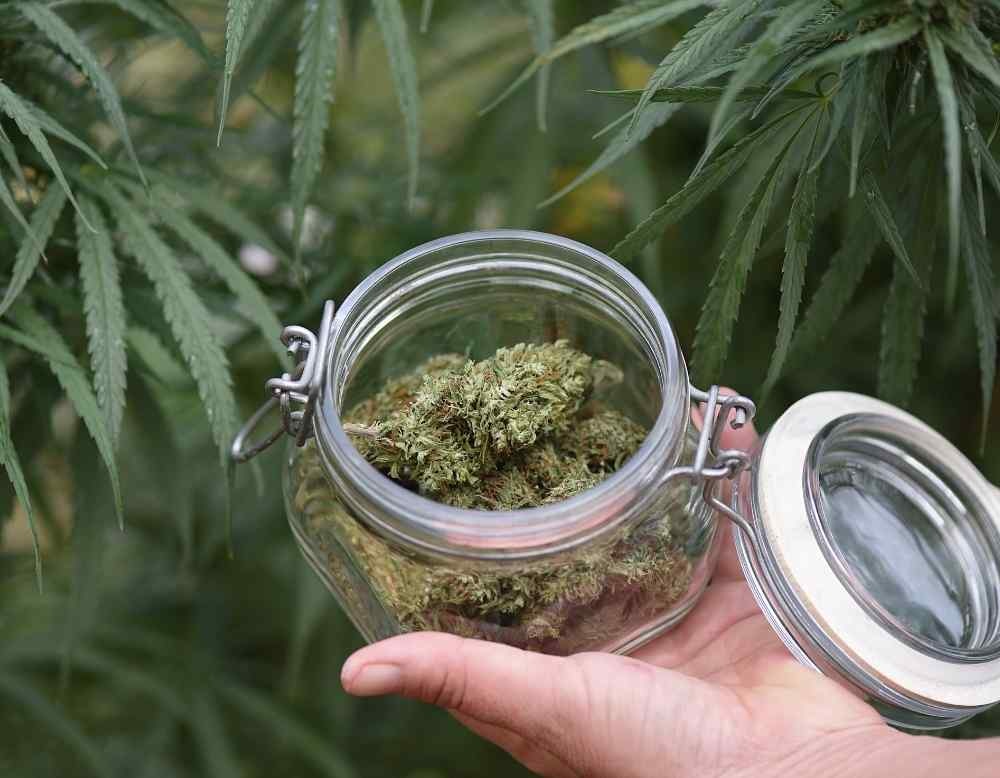
Is delta 8 flower a natural way to relax?
While tetrahydrocannabinol (THC) and cannabidiol (CBD) are widely recognized, numerous other cannabinoids play roles in the plant’s diverse effects. Among them is delta 8 tetrahydrocannabinol (delta 8 THC), a compound akin to the more familiar delta 9 THC but possessing distinct characteristics. Delta 8 THC serves as an isomer of delta 9 THC, sharing the same molecular formula but exhibiting a unique arrangement of atoms. This subtle structural variance leads to distinctive interactions with the body’s endocannabinoid system, responsible for regulating various physiological functions such as mood, sleep, and appetite.
Growing popularity of delta 8 flower
The increasing fascination with the Delta 8 flower underscores the evolving societal perspectives on cannabis and its derivatives. With the expansion of legalization and regulation of cannabis items in various areas, individuals are delving into the array of compounds present in the plant, searching for organic substitutes for conventional pharmaceuticals and recreational substances.
The Delta 8 flower has garnered widespread interest, attracting a diverse range of individuals, including seasoned cannabis aficionados and beginners looking for a gentler introduction to cannabinoids. Its distinct characteristics appeal to those seeking a nuanced and moderated encounter, steering clear of the overpowering psychoactive impact often linked with conventional marijuana.
Researchers and medical professionals are increasingly intrigued by the potential therapeutic uses of delta-8 THC. While rigorous scientific research is ongoing, anecdotal evidence suggesting its benefits in pain relief, anxiety alleviation, and sleep enhancement has sparked interest and prompted further investigation.
Cultivation and production considerations
As the demand for delta 8 flowers continues to grow, responsible cultivation and production practices will become increasingly important. Unlike traditional marijuana, which is cultivated for its high delta 9 THC content, delta 8 flower requires specialized breeding and genetic selection to maximize the plant’s delta 8 THC levels. Growers and producers must navigate a complex regulatory landscape, adhering to local laws and regulations governing the cultivation, processing, and distribution of hemp-derived products. Ensuring product safety, quality control, and transparency in labeling and marketing practices will be crucial in building consumer trust and fostering a sustainable market for Delta 8 Flower.
The growing popularity of the delta 8 flower is part of a larger movement towards embracing natural alternatives for relaxation, wellness, and therapeutic purposes. As research continues to unravel the complex interactions between cannabinoids and the human body, the delta 8 flower will likely play an increasingly prominent role in this evolving landscape. Future advancements in cultivation techniques, product formulations, and delivery methods may enhance the accessibility and effectiveness of Delta 8 flowers, potentially opening up new avenues for its use in targeted applications or as an adjunct therapy for various conditions.
Moreover, as social and cultural perceptions continue to shift, the delta 8 flower helps to destigmatize cannabis and its derivatives, fostering a more open and informed dialogue around its potential benefits and responsible use. Delta 8 flower represents a compelling option for those seeking natural relaxation and exploring the diverse range of compounds found within the cannabis plant. With its milder psychoactive effects and potential therapeutic applications, it offers a unique alternative to traditional cannabis products and pharmaceuticals.

















